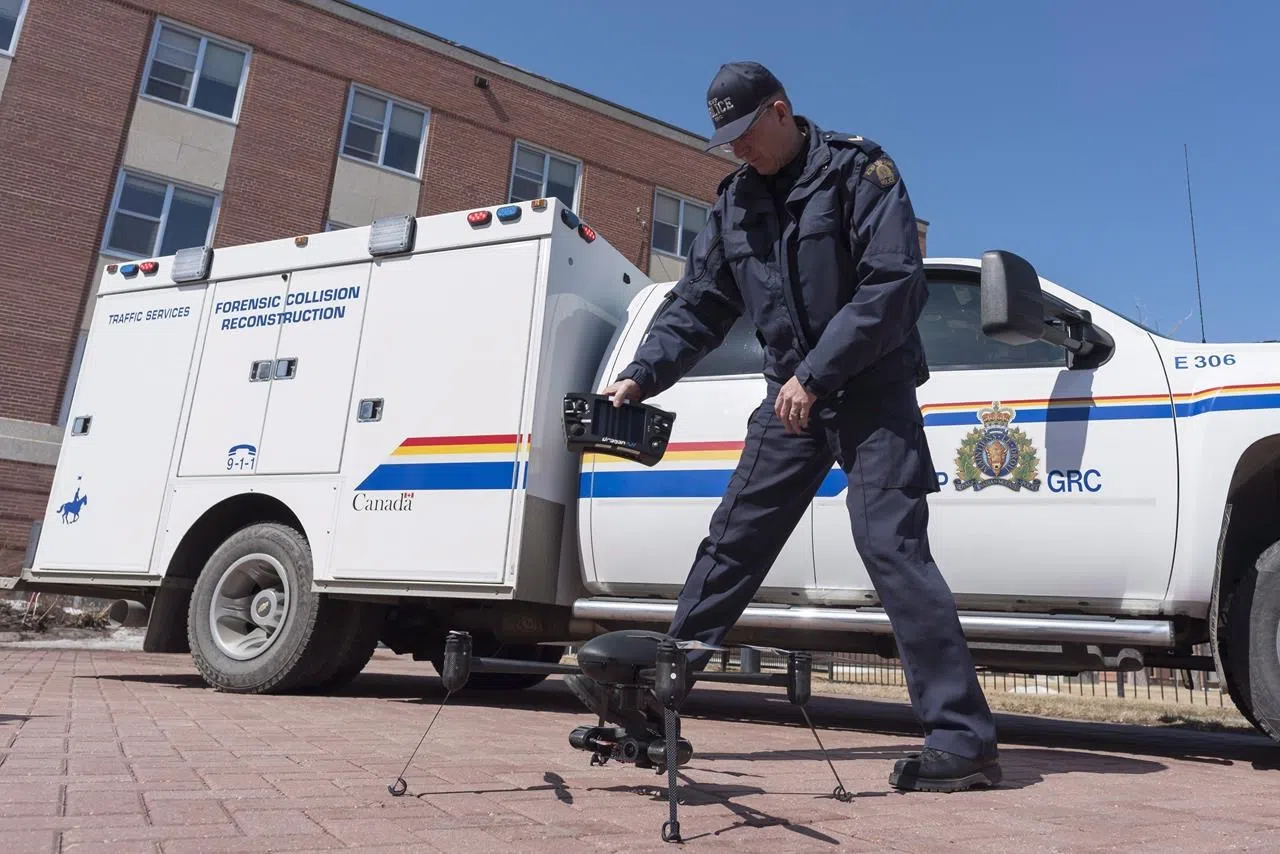
Mounties put hundreds of eyes in the sky with expanding drone fleet
OTTAWA — The RCMP has assembled a fleet of more than 200 flying drones — eyes in the sky that officers use for everything from international border investigations to protecting VIP visitors, newly disclosed records show.
The compact airborne devices are equipped with tools including video cameras and thermal-image detectors, and the Mounties are looking into more advanced applications that can help generate three-dimensional pictures.
An RCMP privacy assessment of the budding technology says the force is committed to protecting any personal information the drones collect and that officers strive to comply with federal laws.
But one privacy expert notes the assessment, recently released under the Access to Information Act, was drafted in 2017 — seven years after the RCMP’s first drone was used in Saskatchewan to help reconstruct traffic collisions.
